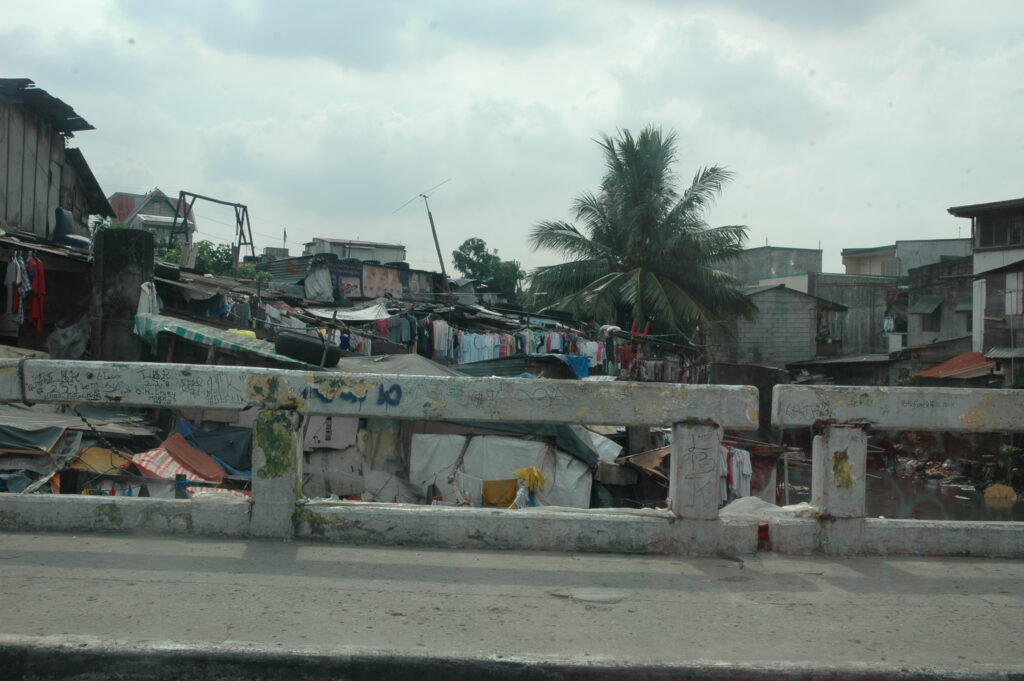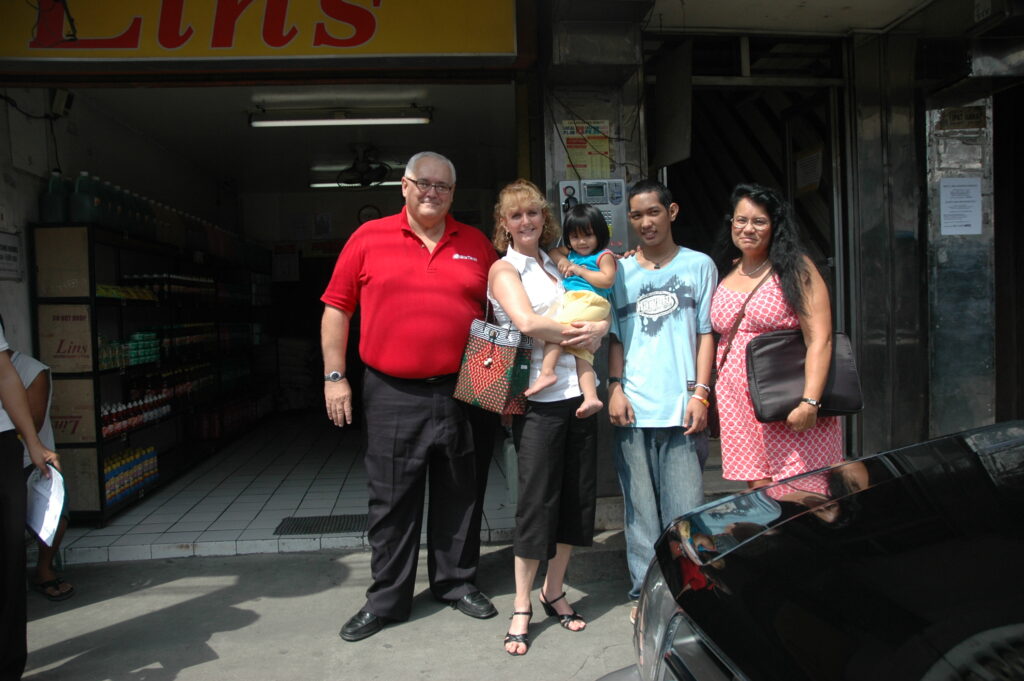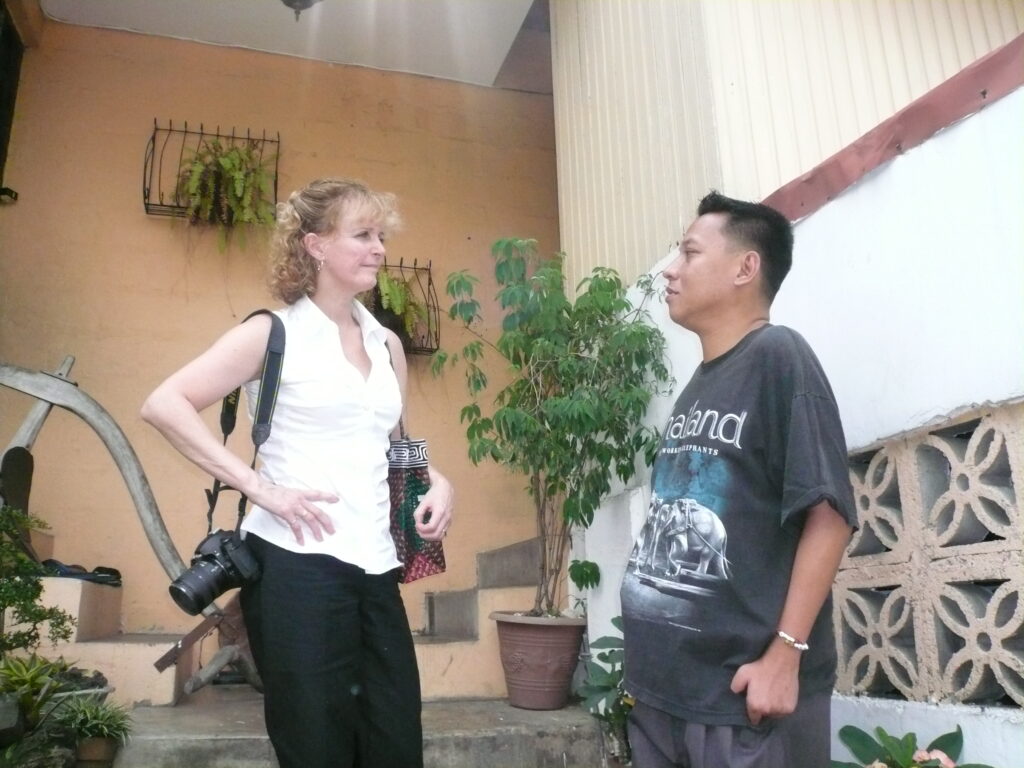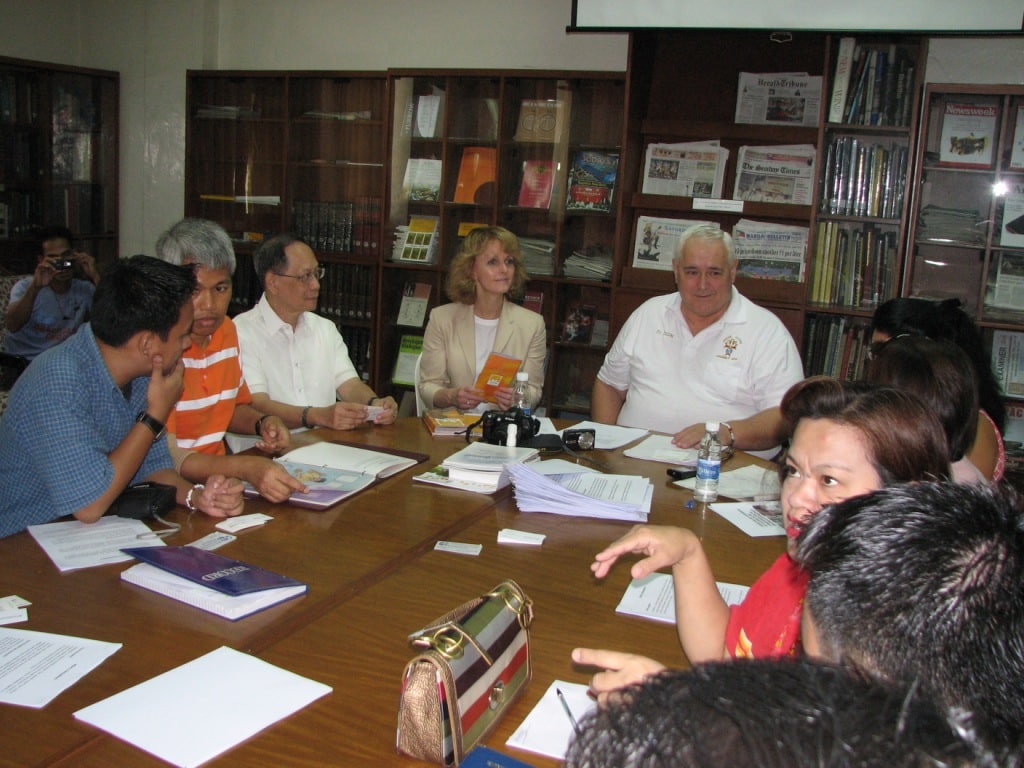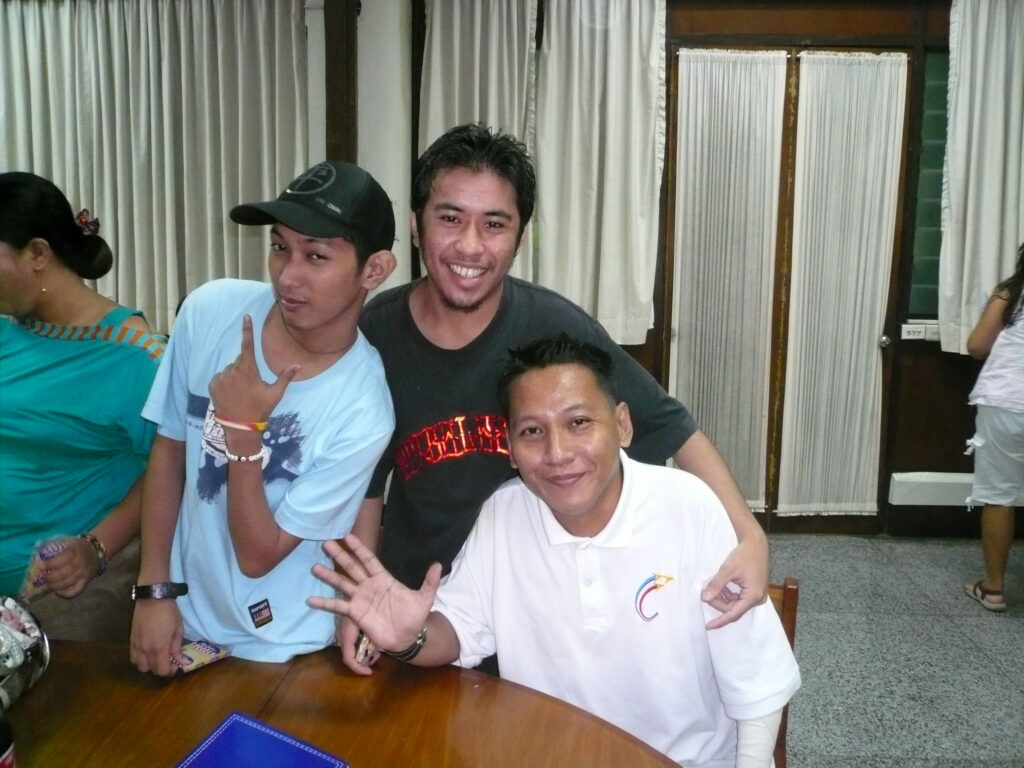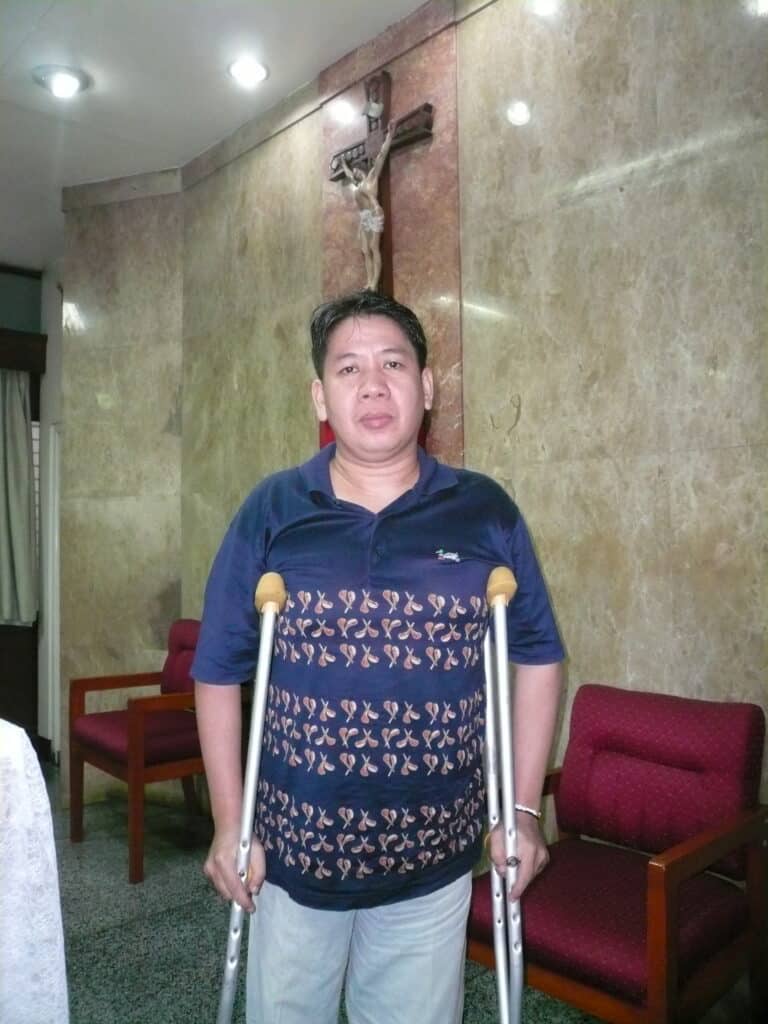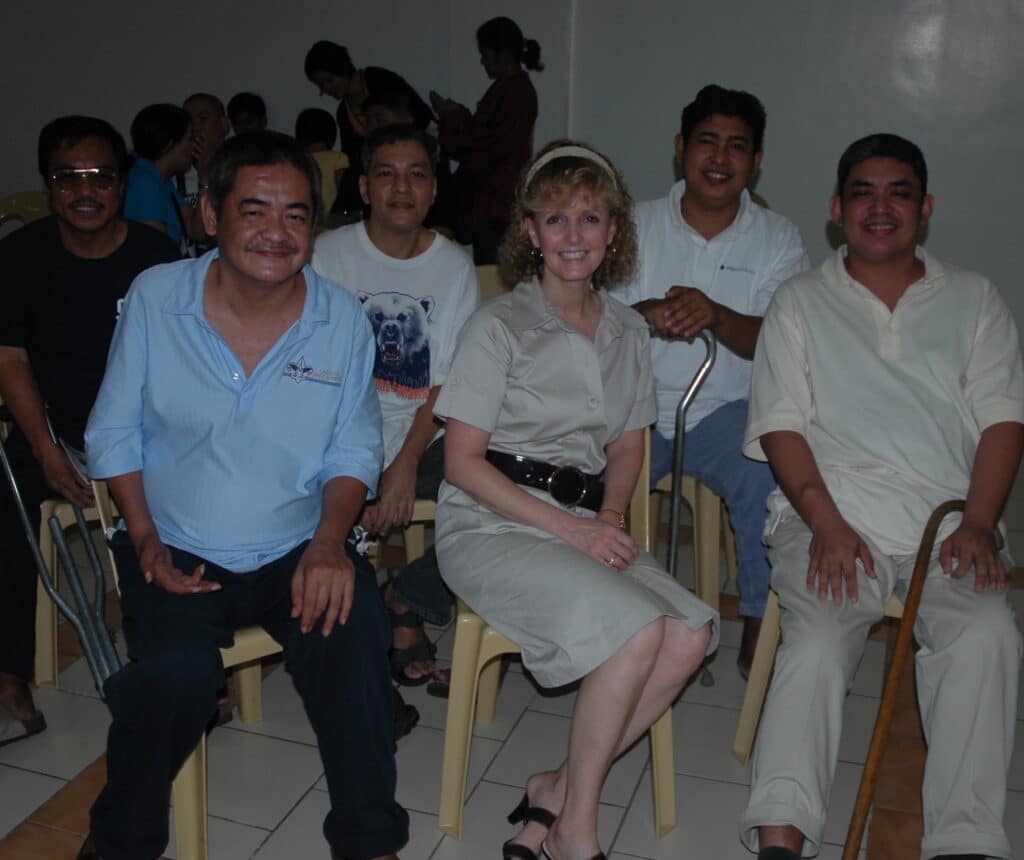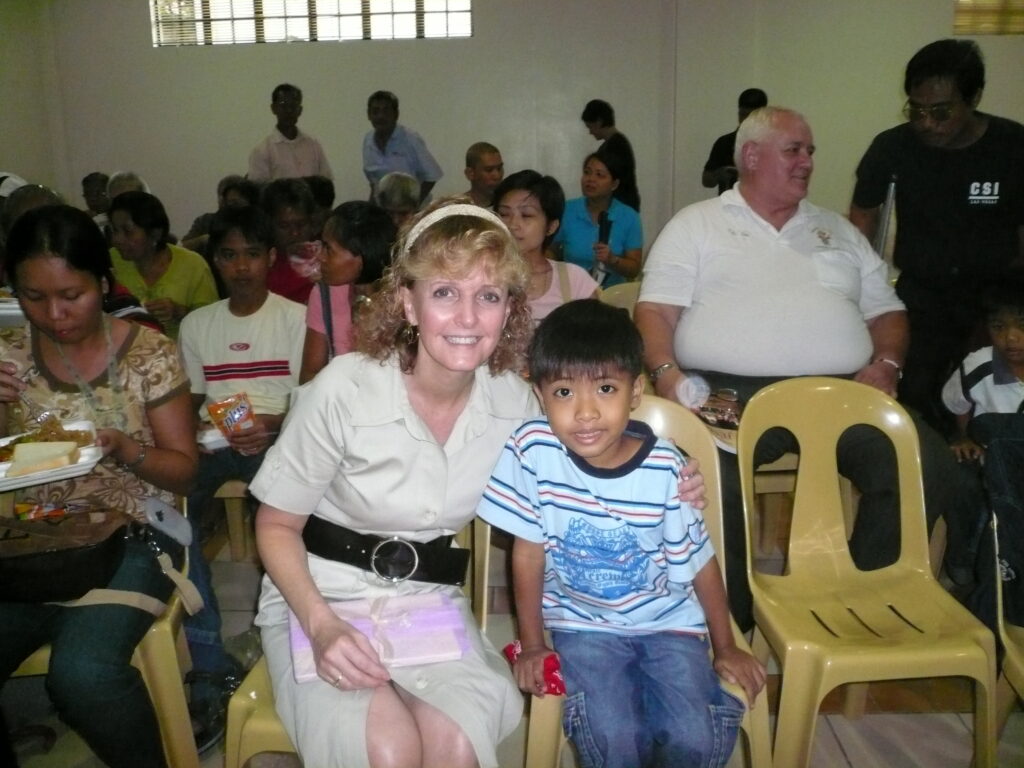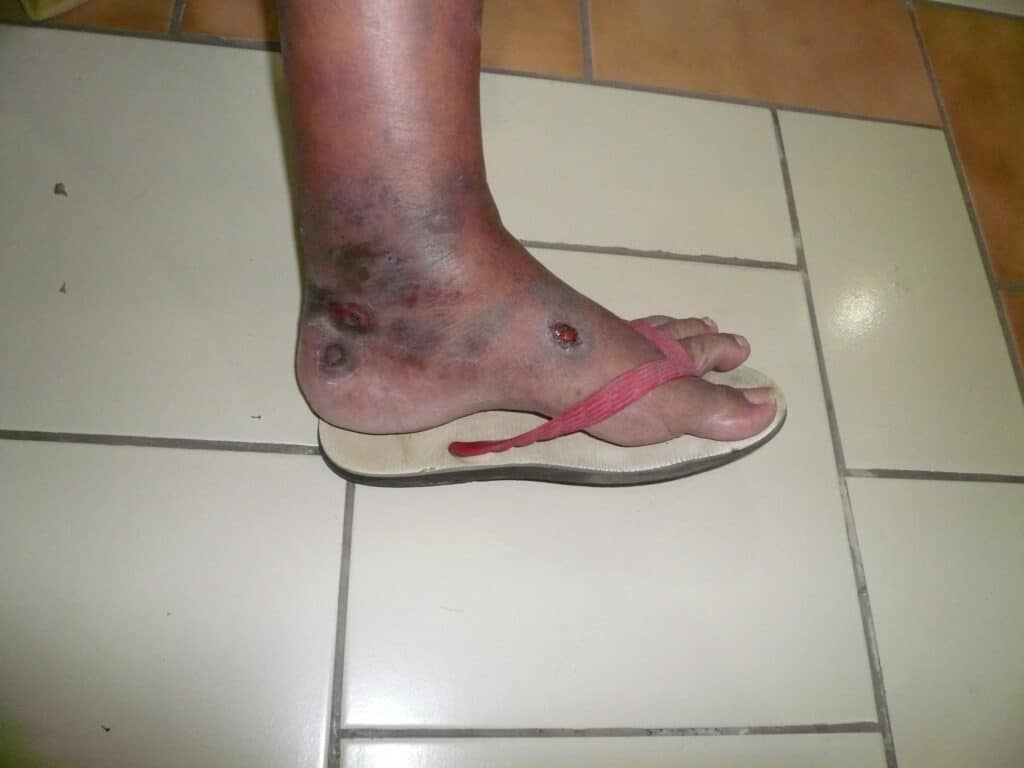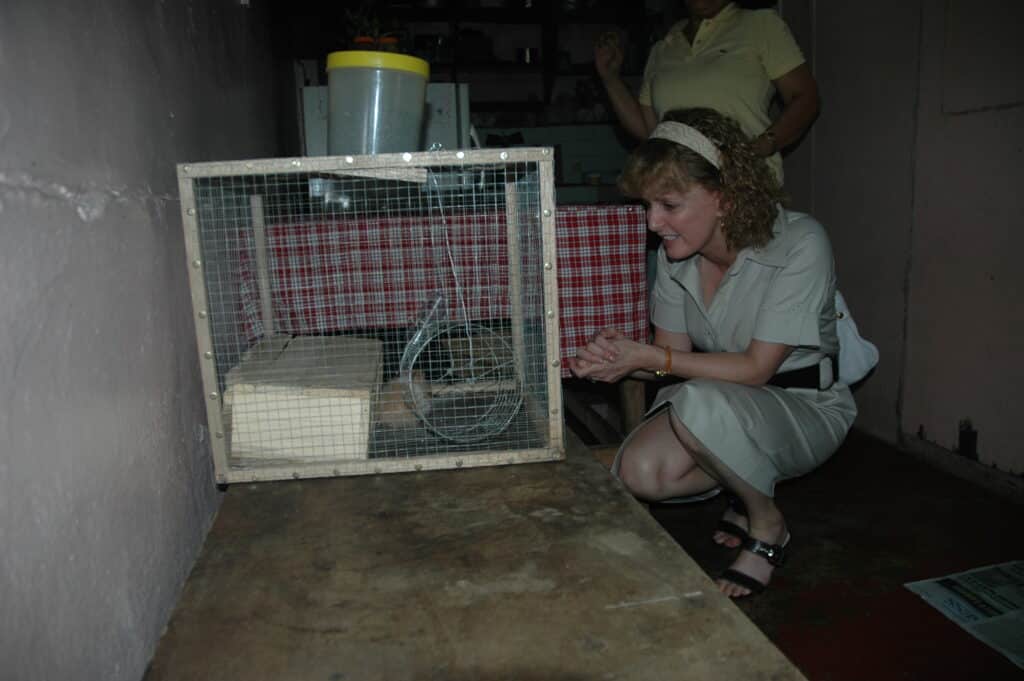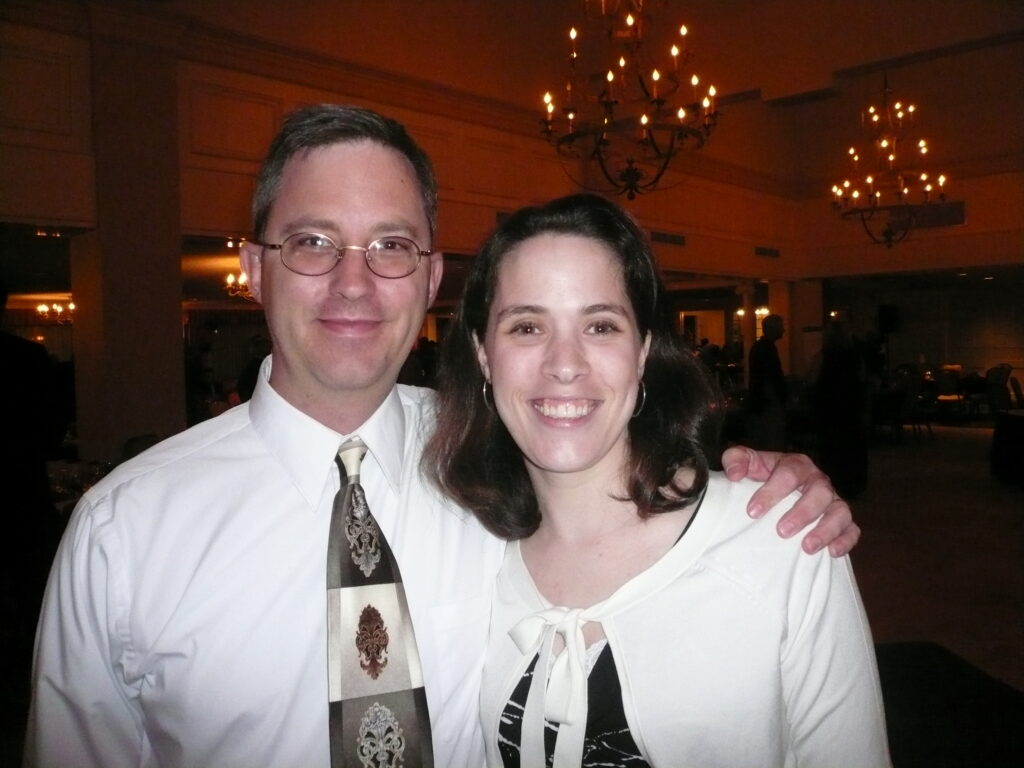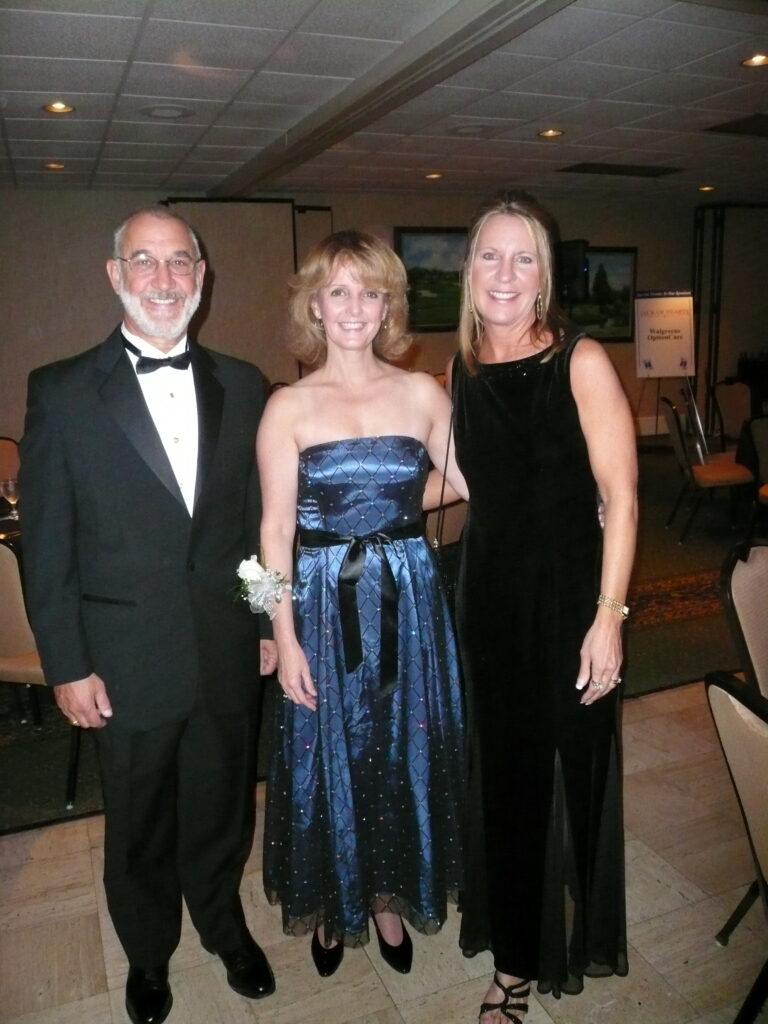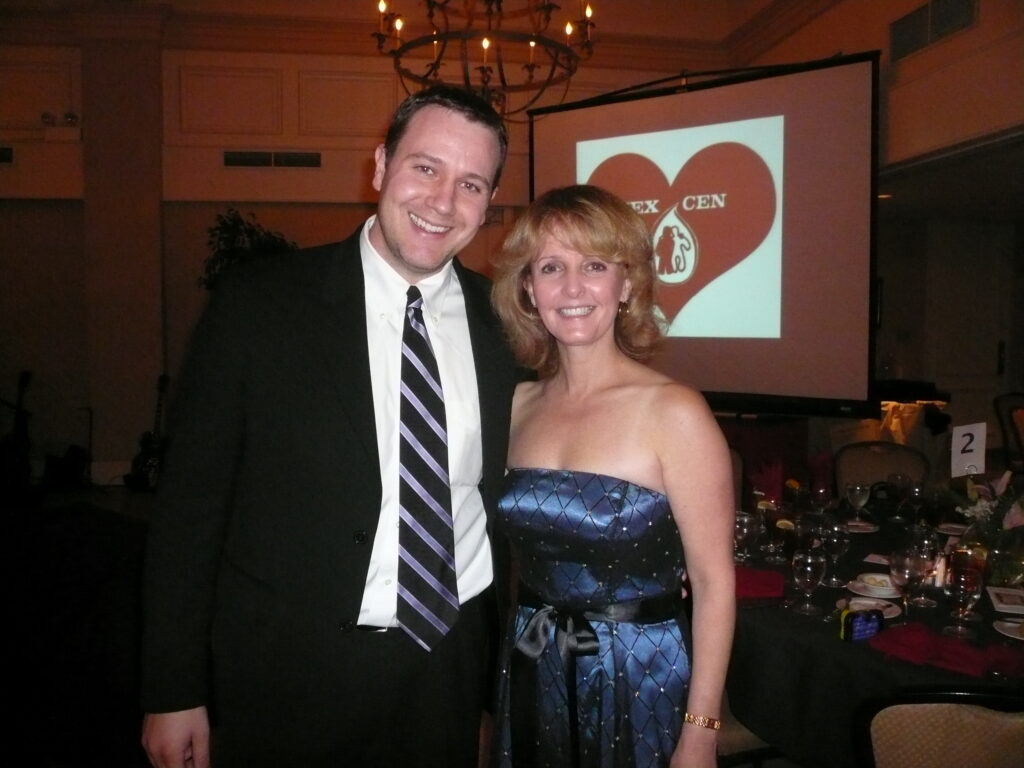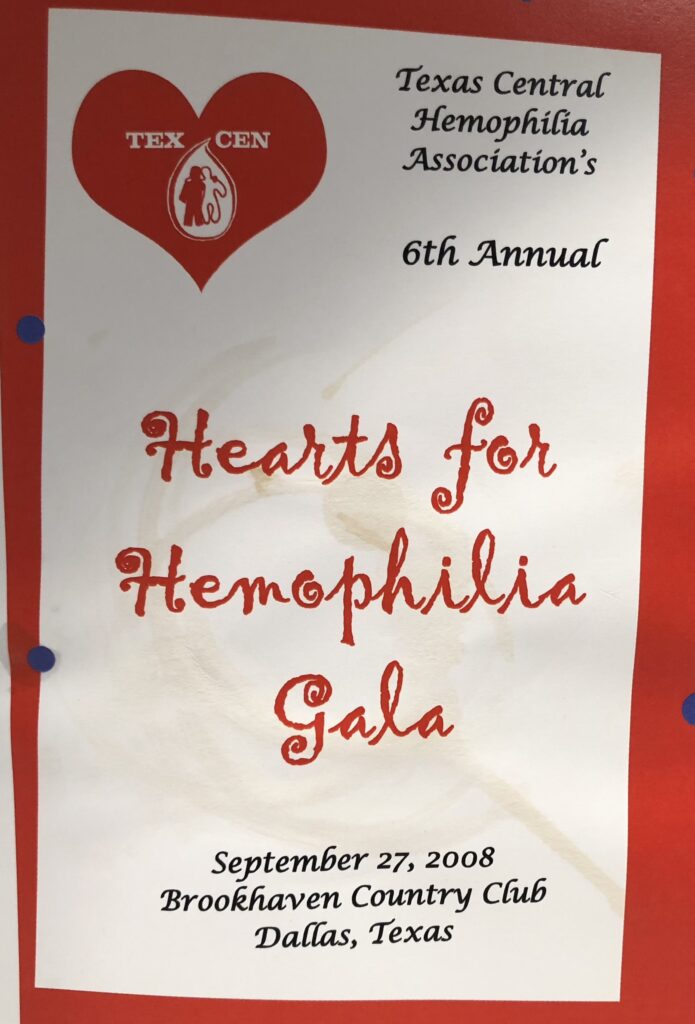Philippine Journal: Day 9
Though it’s actually Wednesday here now, I am still trying to catch up with my diary. We’ve been on the go nonstop: traveling by boat, car and plane, traversing hundreds of miles, to seek out hemophilia patients in the Philippines.
So far, I arrived in Manila, stayed three days, then went a bit south to Cebu for two days (see previous posts). On Saturday, October 18, we (Andrea Trinidad-Echavez, person with VWD and media expert), Father Don Kill of the Columban Missions here, and I headed out early for a two and a half hour ride to the ferry. We rocketed down coastal roads, catching glimpses of the sea and beaches. Our fearless driver Honorato beeped incessantly to warn people of our deadline to catch the ferry.
The scenery is beautiful: the Philippines, created from volcanic activity, is lush and fertile. Palm trees explode upward into a display of huge leaves and coconuts with a piercing blue sky as backdrop. The weather is sultry and heavy, and the sun scorching. I love it!
The ferry took us and the van across for a 30 minute ride to the island of Negros. The fishing town we disembarked on was alive with activity. We went straight away for a another 30 minute ride to Dumaguete, where we would meet staff from Little Children of the Philippines (LCP), the organization that would become our new partner for Save One Life, Inc.
Everything Father Don has told me these past two years about LCP is true. They are a nonprofit specializing in educating children in all aspects: scholastic, hygiene, livelihood and faith. Many of the staff are themselves graduates, and they are remarkably organized and efficient, yet compassionate.
When we arrived, we walked to a small pavilion, where the families and children with hemophilia waited. Now, it’s one thing to see a child’s face and profile on paper. But to meet them in person? Priceless beyond words. To me they are celebrities, children I have been dying to meet for a long time. Here before me were Allan, Ryan, Joseph, his brother Joshua, Carymar and Reymark. They greeted me with the traditional hello: each child took my hand and touched his forehead to it.
We all were seated so LCP staff could introduce us; Father Don also spoke to the children, all of whom he personally identified in his quest to help those with hemophilia in the Philippines. The children honored us by singing (karaoke is huge here!) and Father Don also knocked off another Elvis song. The parents also got up and together sang a gorgeous song called “Give Thanks,” with spiritual themes. Three mothers than each took the mic, and in tears, thanked Save One Life and Project SHARE for helping their children. Their cries were gut wrenching, and gave only an inkling into the level of the pain they see in their child.

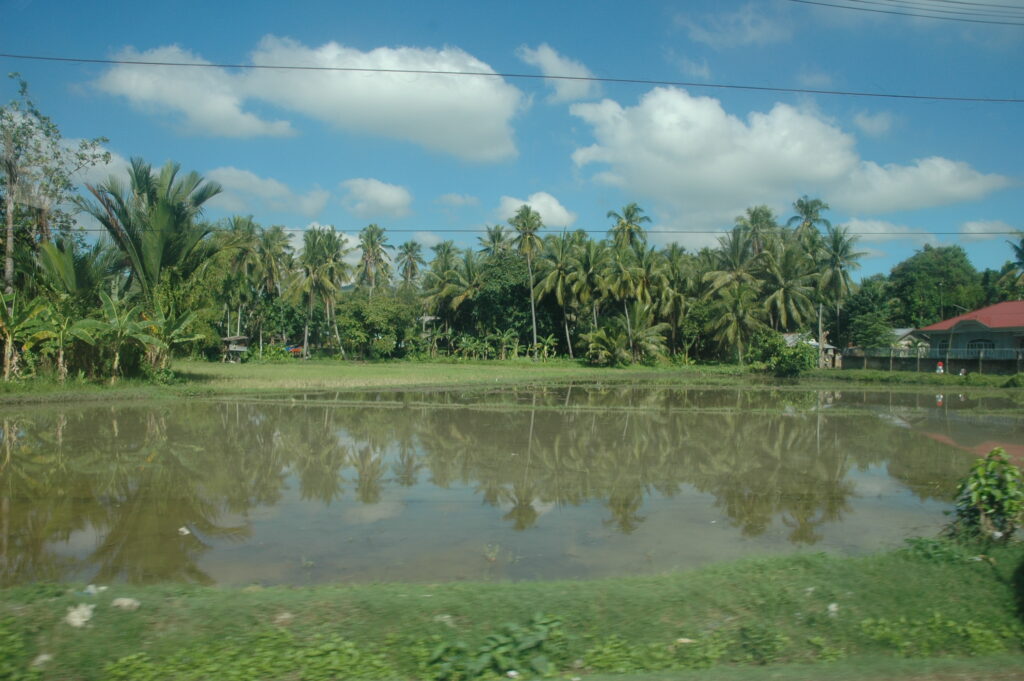
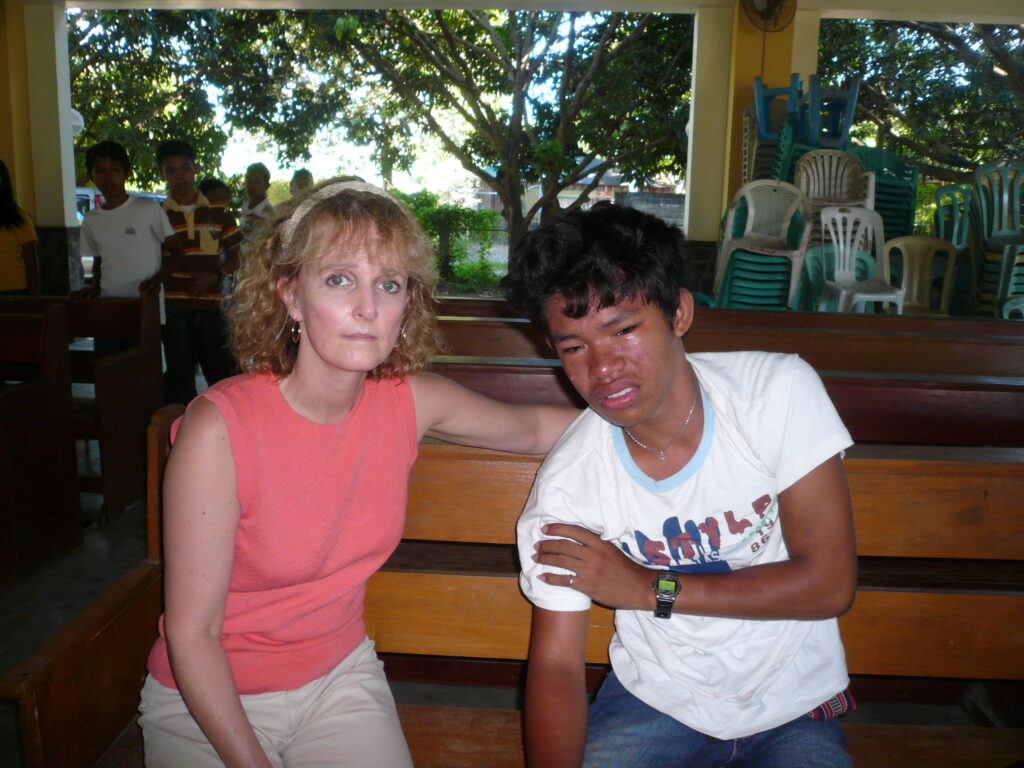
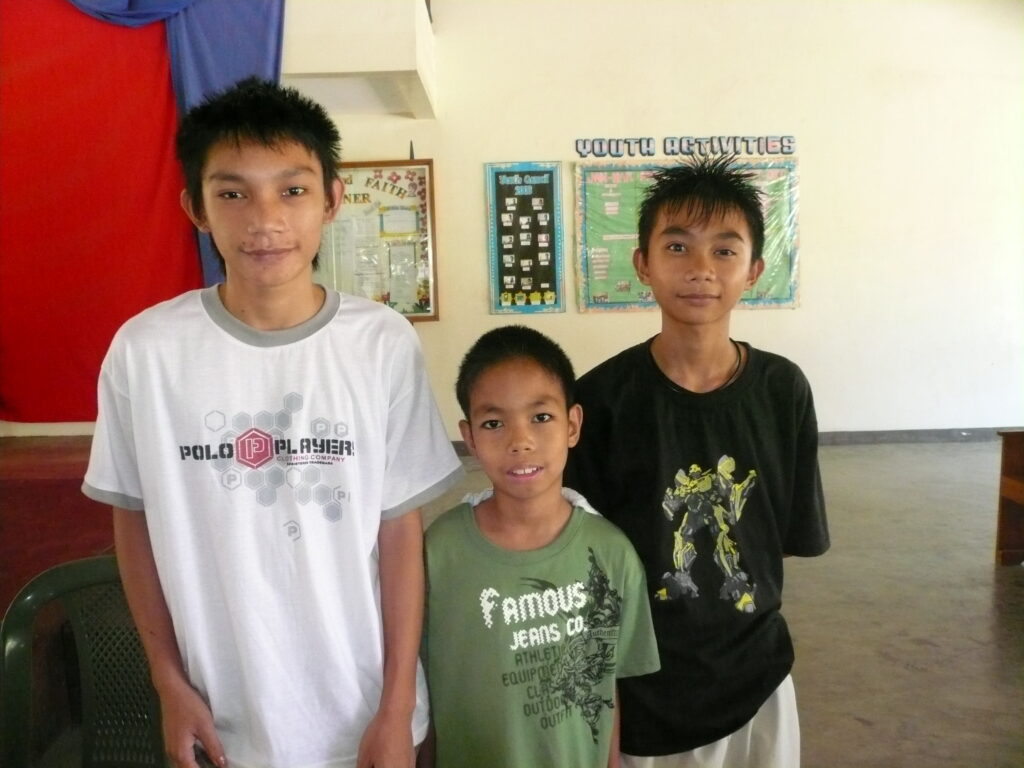
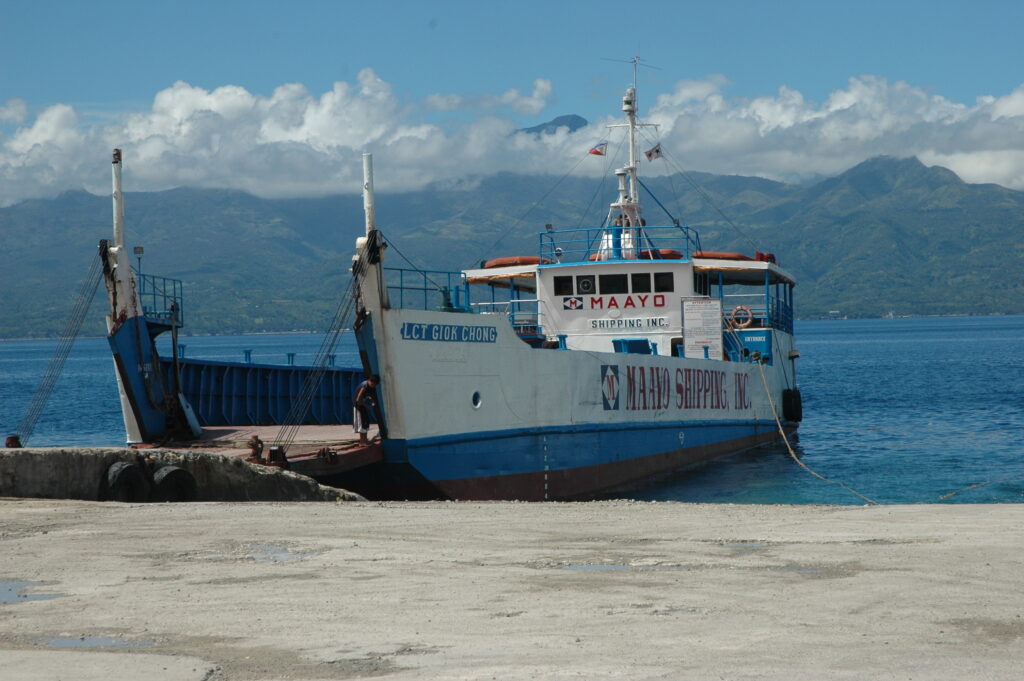
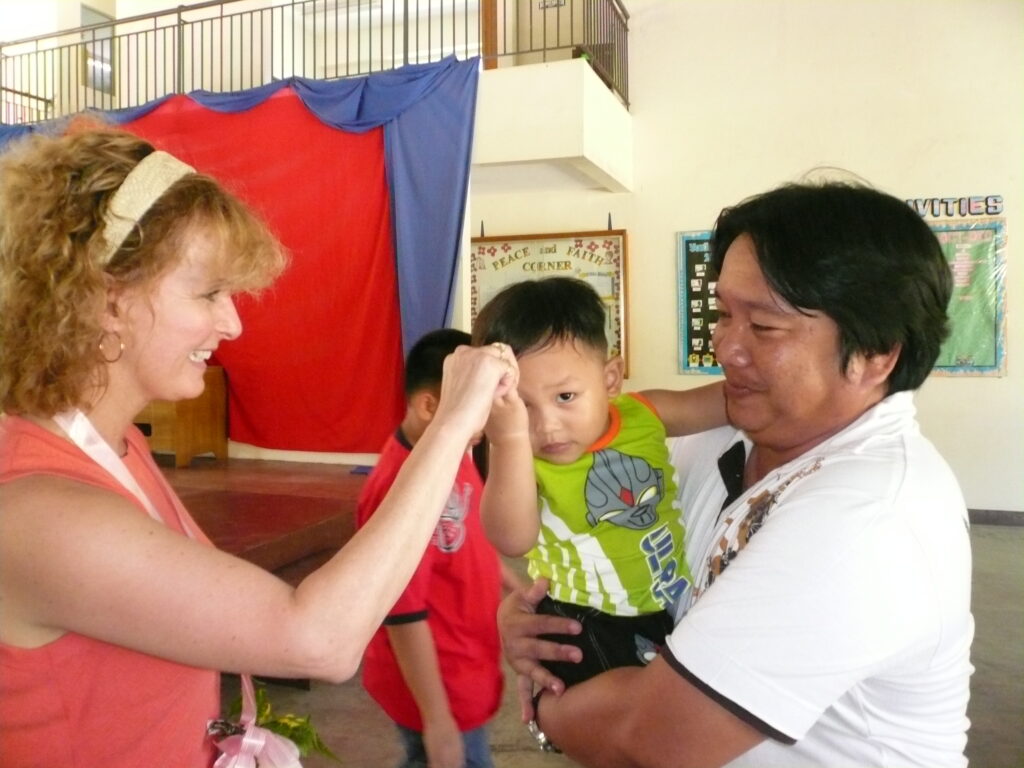
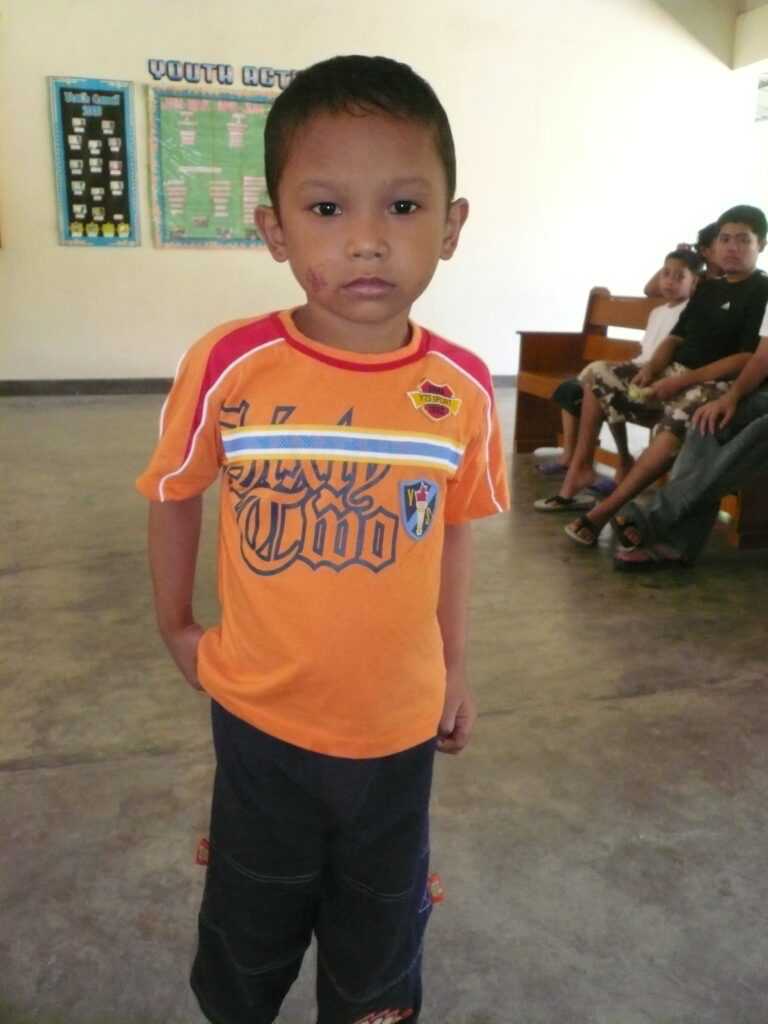
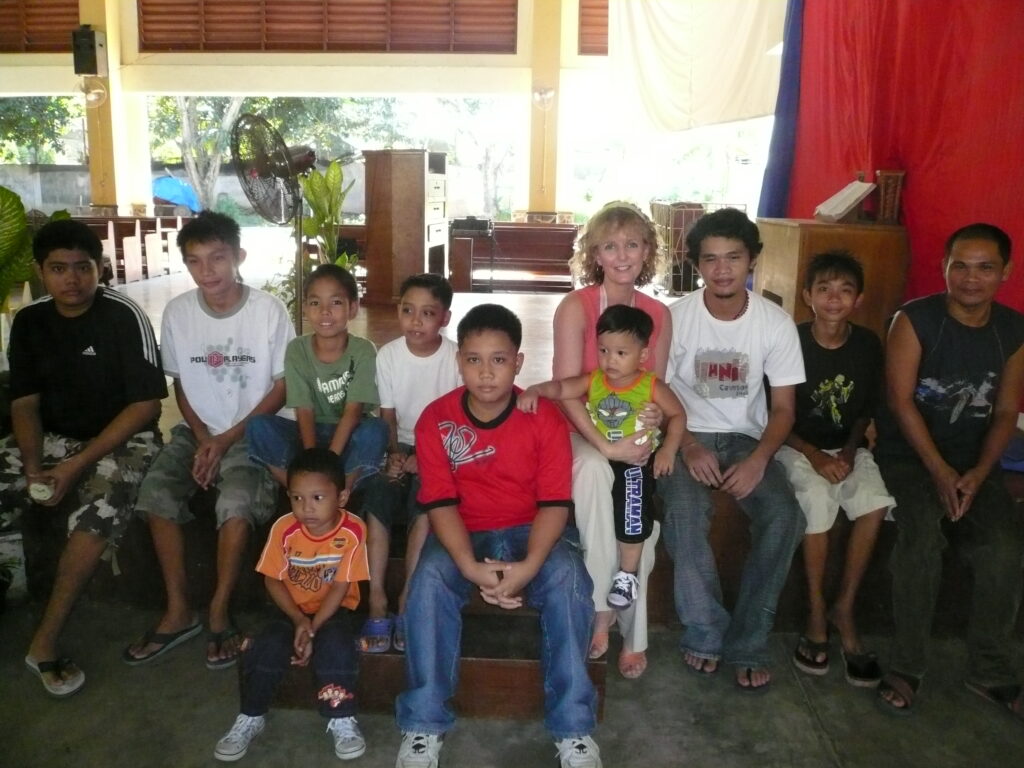
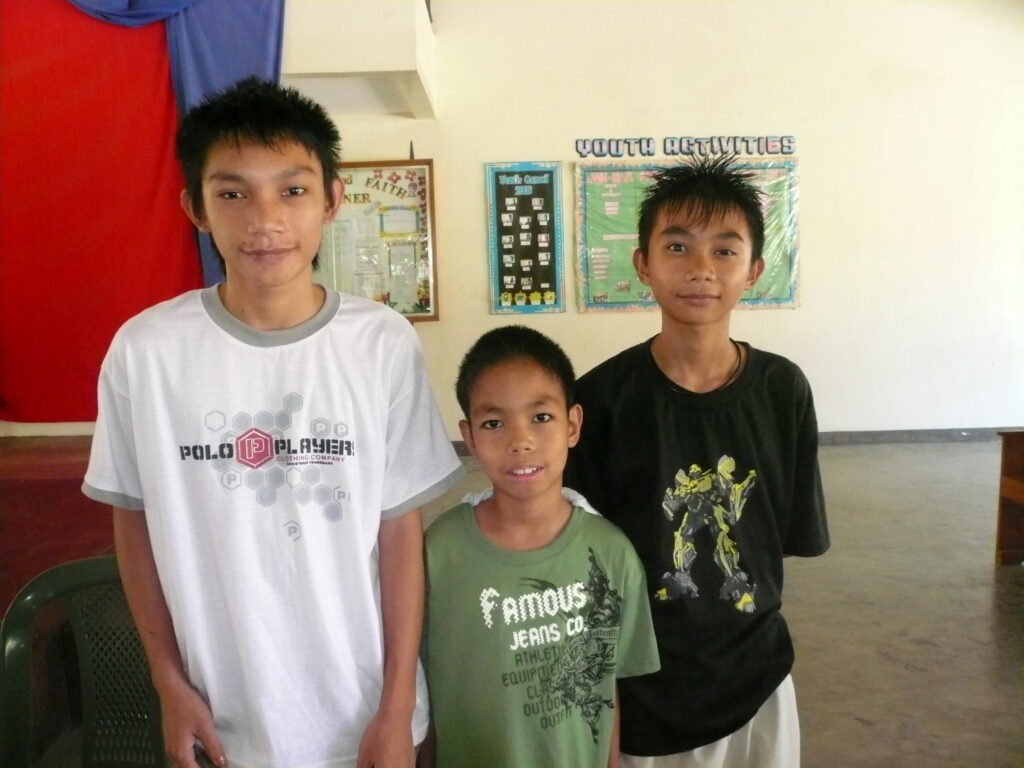
In the midst of this, one boy, Reymar, was not well. He kept his head down by his feet, his shoulder dropped. He was having a severe bleed in his right shoulder. We hurried him to the clinic at LCP, but he needed factor. We had none. So here was a Third World crisis right in front of us: what do you do? He has a major bleed, needs factor, and must settle for cryo or FFP. There is no cryo. FFP costs $30 a bag. He might need 10 bags. His mother sat in despair sobbing while her 15-year-old boy writhed and moaned. It’s not just a matter of going to the hospital to get treatment. She doesn’t have $300. We made a decision then and there to pay for whatever treatment he would get. While they prepared to move him, Andrea knelt down with the family, held their hands and with powerful calm, said a prayer with them.
When they had left, we all felt a bit disconcerted. This was the future of these kids staring them in the face. When they get hurt, what will happen to them? They can see how they cause their mothers so much pain, too. We turned to happier things, like lunch, and then the kids all made incredible thank you cards for their sponsors. I oberserved that Filipinos, in addition to being musically oriented, are extremely creative and artistic. True, agreed the Filipinos present, and they loved to hear that.
We took photos of all the Save One Life boys, and some taped thank you speeches to their individual sponsors: Diane H., Patrick S., Kyle C., Joe C. and John J. of the USA.
Finally we headed out, and LCP agreed to take on all the sponsorship responsibilities in the Dumaguete area as our new partner. Instead of relying on Father Don all the time, we will now use LCP. Father Don, mind you, is busy enough running a home for 26 teens. Like many people, once he met a child with hemophilia five year ago, he could not say no, and has since helped us identify patients and get them treatment. No doubt he has saved lives and much suffering through his actions.
We returned to the hotel a bit amazed at the day. Sobering. It must have worn us out more than we thought: I for one slept 10 straight hours, the first time I have actually been able to sleep since coming here. And I actually felt guilty when I awoke: how many Filipino mothers that night had no sleep because their children cried in pain from untreated bleeds?
The good news the next morning was that Reymar was treated. We purchased Koate DVI, to the tune of $300 for 1,000 IUs for a poor boy. (The pharmacy in this remote place actually stocks it as there is a middle class family in town that pays for it–more on that next time.) There is so much more to be said about the billions made off factor sales, and how little of it will ever come to the majority of people who need it most, who suffer pure agony. I am this week in the rural areas of the Philippines, where life is already harsh, and where children with hemophilia need help every day. Project SHARE donates directly to these children; Save One Life gives them the money to buy FFP or factor or transportation to the clinic. If you can help me to help them, please let us know.
laurie@kelleycom.com
http://www.SaveOneLife.net

